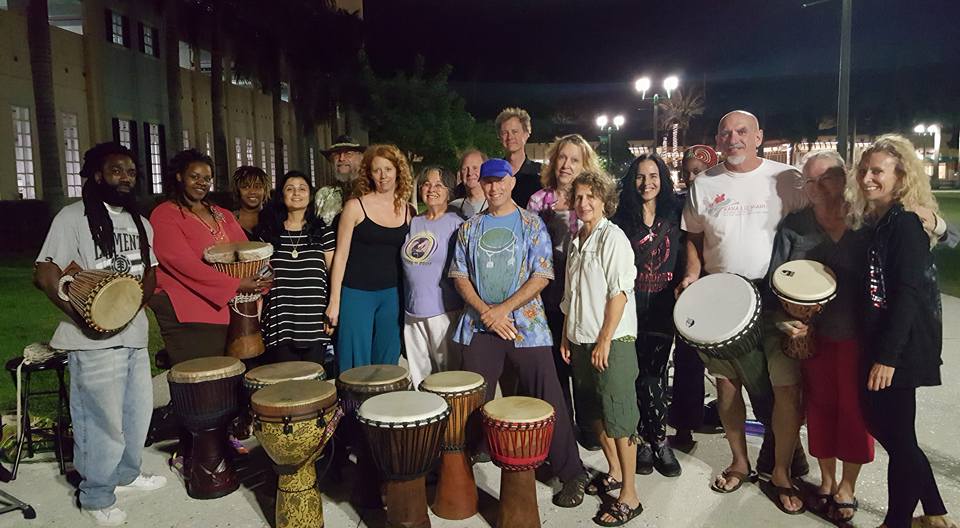Have you ever found yourself butting heads with someone you just didn’t click with, only to realize later that they became one of your closest friends or even a romantic partner? Not to delve too much into the personal, but learning rhythms and studying drumming can mirror this experience in incredible ways.
Think about it: often, a rhythm that seems utterly foreign to us—one that we might even dislike or feel uncomfortable with—can eventually transform into something we cherish. Just like relationships, rhythms can start off rocky and evolve into deep, fulfilling connections that enrich our lives.
The fascinating world of rhythms and arrangements is filled with surprises. I remember back when I was immersing myself in Haitian drumming. My teacher handed me a cassette tape filled with different rhythms. Can you imagine? Before the digital age, we had to rely on these little plastic tapes! When I first listened to the tape, it all sounded like a monotonous blur to me. “What is this?” I thought, utterly perplexed. But a year into my studies, when I played that same tape again, the soundscape had completely changed. Each rhythm came alive with distinct textures and tones. I couldn’t believe my ears—I was listening to the same tape but hearing something entirely different. It was a transformative experience; it felt like I had unlocked a new dimension of understanding.
Many people encounter a similar challenge when they first hear West African drumming, Afro-Cuban rhythms, or other forms of percussion. At first, it can all sound like a chaotic swirl of noise. But it’s crucial to give it a chance—to lean in and listen closely. We have to be patient with ourselves and let the music wash over us.
One of my most profound musical moments came when I participated in a traditional ensemble comprising three dunun drummers and four djembe players. It was nothing short of a spiritual awakening. The interplay of rhythms created a tapestry of sound that resonated deep within my soul. Writing about that experience feels almost inadequate unless you’ve felt it yourself; it transcends description.
When we delve into new rhythms, entering into a dance of resistance and acceptance is crucial. What we often resist rhythmically can provide us with the balance we need. Those who become overly engrossed in their quest for perfection—who focus solely on getting every note “right”—can miss out on the sheer joy that comes from simply letting loose and allowing the music to guide them. Embracing the jam session environment, where spontaneity reigns, can unlock a world of fun and creativity.
On the other hand, individuals who have primarily jammed without formal study can also greatly benefit from learning structured rhythms. It’s all about balance. I clearly remember a time early in my career when I thought I had it all figured out. But when someone challenged me, my world opened up in ways I never expected. For years, I resisted the idea of writing out rhythms, but once I embraced the practice, it became a powerful tool for growth and exploration.
So, I encourage you: be open to learning. Be willing to dive into challenges, and don’t shy away from the rhythms that make you feel uneasy. More often than not, those very things are what we need for our growth and balance. Embrace the uncomfortable; it might just lead you to the most beautiful musical friendships you’ve ever known. Let’s celebrate the diversity of rhythms, learn from each other, and discover the deeper connections that exist within our global musical community. What rhythms are you currently struggling with? I’d love to hear your stories and thoughts on this journey!

